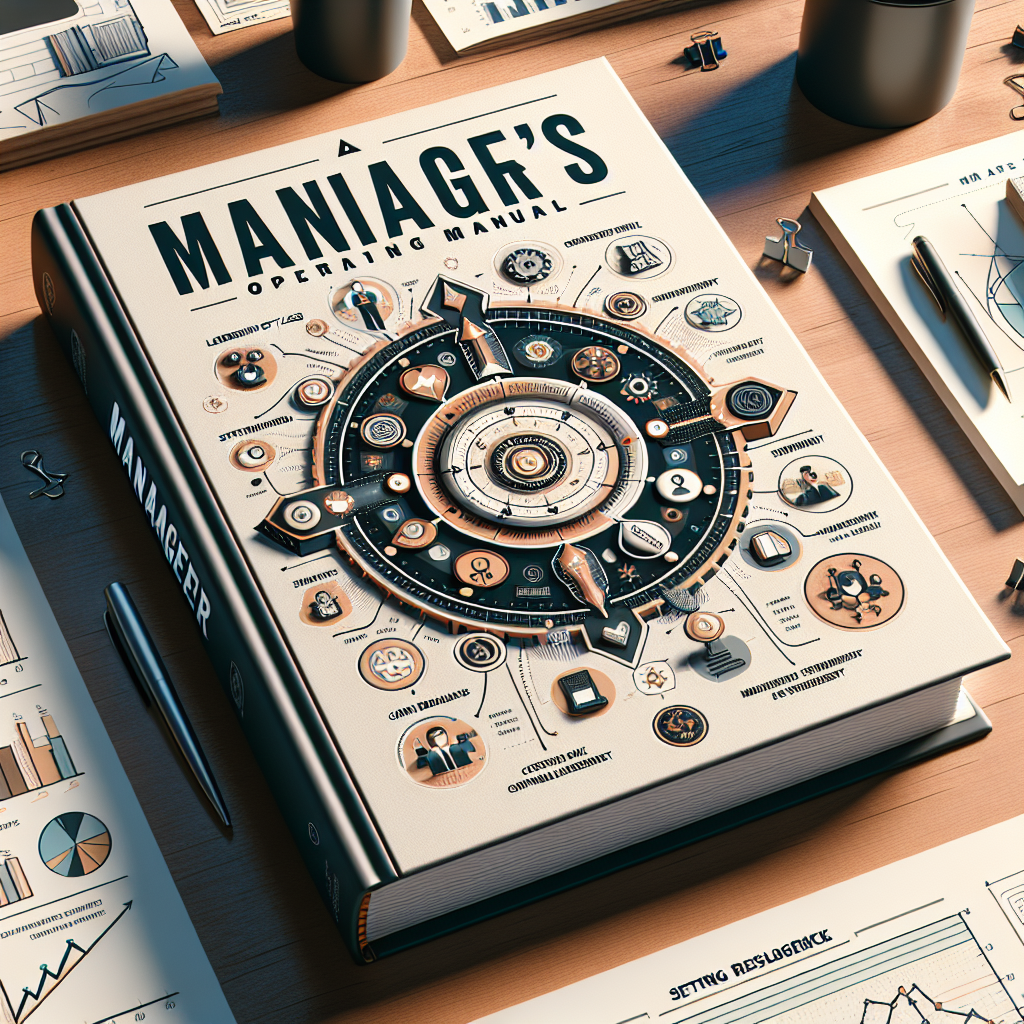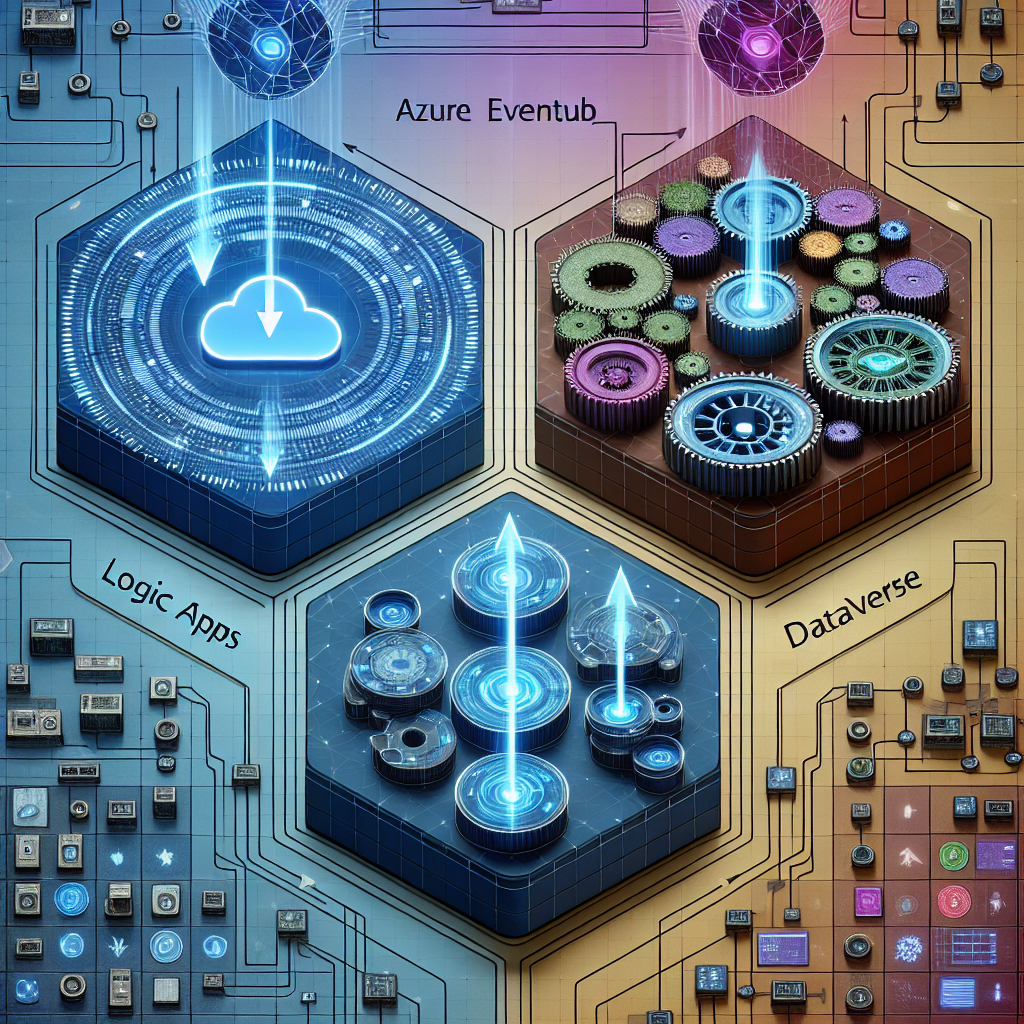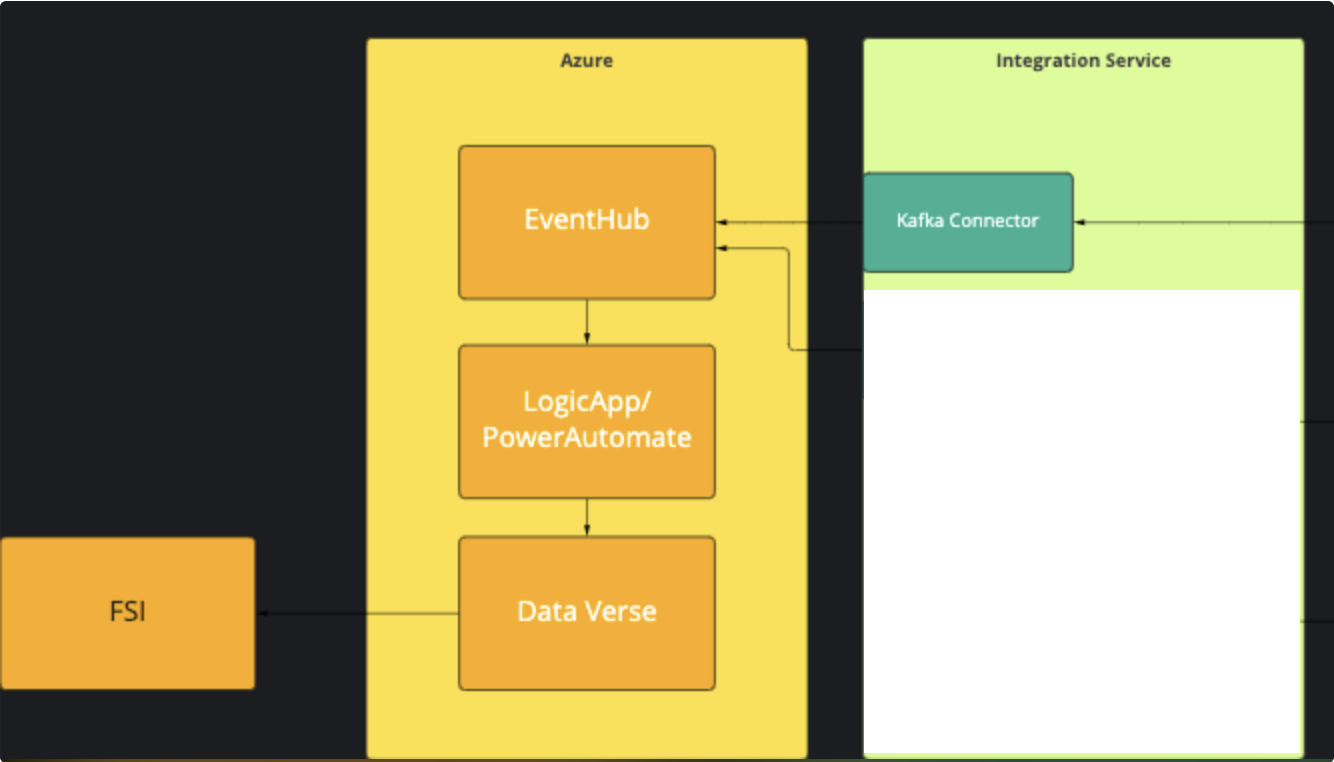My Operating Manual as a Manager
Welcome to "Continuous Improvement," the podcast dedicated to helping you grow and succeed as a manager. I'm your host, Victor, and today we're diving into the topic of creating an operating manual to enhance relationships in the workplace.
I recently completed an online course on becoming a Complete Manager, and one valuable lesson I learned was the importance of having an operating manual. This manual is designed to help others understand the best ways to work with me and accelerate relationship-building with my teammates.
Communication is the foundation of any successful team, and that's why I've outlined my preferences for giving and receiving feedback in my manual. It's important to be honest and assume positive intent, and to communicate issues early and often. Remember, I can't fix what I don't know.
When giving feedback, it's best to opt for one-on-one private meetings and base discussions on facts rather than subjective biases. By providing constructive suggestions, we can all grow and improve together.
In terms of communication channels, I prefer using Slack for internal team messages and responding as promptly as possible. Quick questions are best suited for Slack, while email is preferred for external clients. For extended discussions, let's utilize Google Meet, but please provide advance notice so I can prepare.
Moving on to time management, it's important to understand each other's peak focus times for independent work. For me, that's in the morning, so feel free to interrupt for urgent matters during that time. Collaboration and team meetings tend to work best for me in the afternoon.
When it comes to calendar scheduling, send Google Calendar invites and either accept or reject them. If the timing isn't ideal, propose a new time. And if you can't attend a meeting, please decline the invite in advance and offer a brief explanation.
We all have different preferences for digesting information, and for me, reading allows me to process information more quickly. Asynchronous communication is preferred for detailed answers requiring analysis, while synchronous communication is fine for quick exchanges.
Making meetings successful is crucial to our productivity. Let's limit group size to fewer than nine people for meaningful conversation, keep meetings within an hour, and focus on interaction over process. And remember, be open-minded and ready to pivot when necessary.
It's important to understand what people often get right about me and what they may underestimate. I'm an introvert, so networking events drain me quickly, but I have a sense of humor and enjoy team camaraderie. And despite my humility, I am ambitious and goal-oriented.
My operating manual also reflects what I value most as a manager. Continuous improvement is the foundation of good management, with a focus on competence. I also believe in servant leadership – prioritizing team success over personal gains. And in our dynamic work environment, having an agile mindset is crucial.
Understanding the dynamics of relationships is key to a harmonious team. When relationships are at their best, there are clear roles and responsibilities, democratic decision-making, and a transparent and trusting atmosphere. During frustrating times, let's show empathy and avoid the blame game.
In summary, my operating manual is a living and evolving document that reflects my management style and learning. If you have any questions or want to discuss anything further, please feel free to reach out. I'm eager to collaborate with you.
And that concludes today's episode of "Continuous Improvement." Thank you for tuning in, and remember, a successful manager is always striving to improve. Join us next time as we explore more ways to grow in your managerial journey. Take care, and stay focused on continuous improvement.




